Advertising Copywriting
Advertising copywriting that peddles faster than Bradley Wiggins.
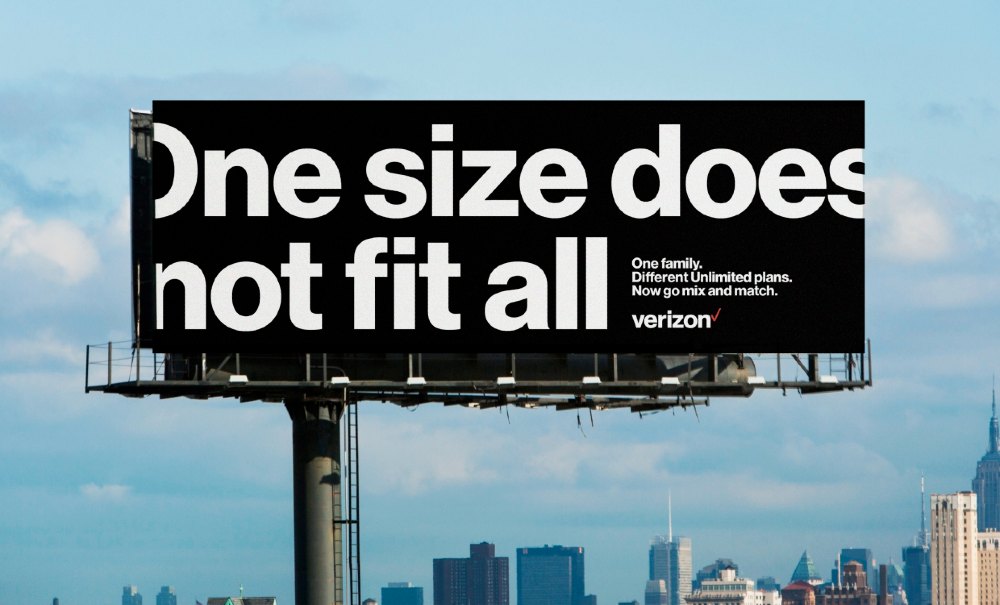
Advertising copywriting is often hailed as an art, something that has to be learnt, developed and refined over many years. While there is some truth to it, it also has an element of advertising copywriter puffery. There is no doubt that copywriting for advertisements is different from other types of copywriting. Effective advertising copywriting requires a balance of creative thinking and business acumen. For a start, it only has a distinctive purpose – to persuade the reader to take a desired action, whether it’s to buy a product, invest in a service or request further information. There’s no simple solution to advertising copywriting – no art, no magic, and no direct correlation between time, effort and output. Some advertising copywriting and concepts might leap out at you immediately. Others might take hours or days and a bin full of scrunched-up paper. Why? You’re dealing with several moving parts – different mediums (publication, poster, billboard, TV, radio, online), different products and services, and a huge assortment of target audiences.
To counter all the moving parts, advertising copywriters have a bale of hats to choose from. They, and the words they choose, are taking the place of a salesperson. The first step in advertising copywriting is to identify the target audience and understand their needs, desires and aspirations. That information should give you a steer on the tone of voice to use. Advertising copywriting should primarily focus on the benefits, throw in one or two of the key features and, rather than ignore them, address any objections to purchase a consumer might have. The best advertising copywriting avoids the middle of the road occupied by so many brands. Stick with safe options and you’ll soon find yourself drowning in a sea of banality. Instead, appeal to the reader’s logical or emotional reasons. Dare to be different. Come at it from a different angle. Tilt the reader’s perspective. Catch them off-guard by saying something provocative. I always start with the premise that in all likelihood, no one really wants to read an advert. So, I keep the copy short and to the point.
In terms of structure, tradition tells you to stick with the formula of headline, body copy and call-to-action (CTA). However, I’ve had as much success with three words as I have with 30 during my 4 decades of experience creating advertising copywriting. Don’t be tempted to cram in as much information as possible – the reader will miss the point and you’ll lose the opportunity to promote or sell. Advertising copy should always start with a strong headline – find a good lead and the rest of the copy should flow much more easily. Unless you’re writing for a specialist audience, try and avoid too much jargon. It’s vital that the advert copy or sales message makes an immediate connection with the target audience. Try researching recent advertising and marketing in that particular sector, and, if it helps, create a persona of the average or ideal customer. Then find a connection between the product or service and the reader – just don’t always choose the obvious and easy route. As Mark Twain once said, “The difference between the almost right word and the right word is the difference between the lightning bug and lightning”.
- Identify your audience and consider their objectives,
- Research your competition and industry trends.
- Before you start writing, think visually.
- Mirror the reader’s goals back to them.
- Appeal to the reader’s sense of entitlement.
- Focus on the benefits of the product or service.
- Pre-emptively respond to common purchaser objections (cost, competition etc)
- Avoid jargon and hyperbole. Be direct and keep your message concise.
- If you can back them up, don’t be afraid of using facts and statistics.
- Purchasing is usually based on an emotion. Don’t be afraid to use emotion to trigger action.
- When proofreading, cut any words that don’t justify their space.
For over 20 years, I’ve created advertising copy for print, online, poster, billboard, TV and radio advertising campaigns. If you would like to discuss how an experienced advertising copywriter can turn products, services and brands into household names, please contact me.
These are just a few of the businesses and brands that have trusted me with their words.





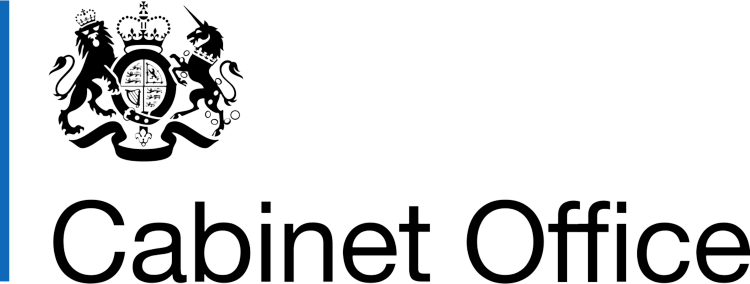


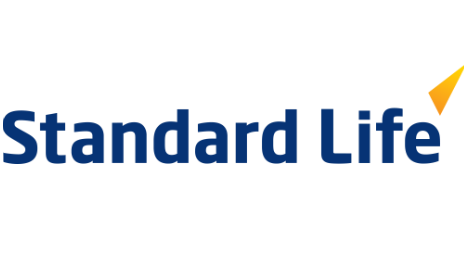
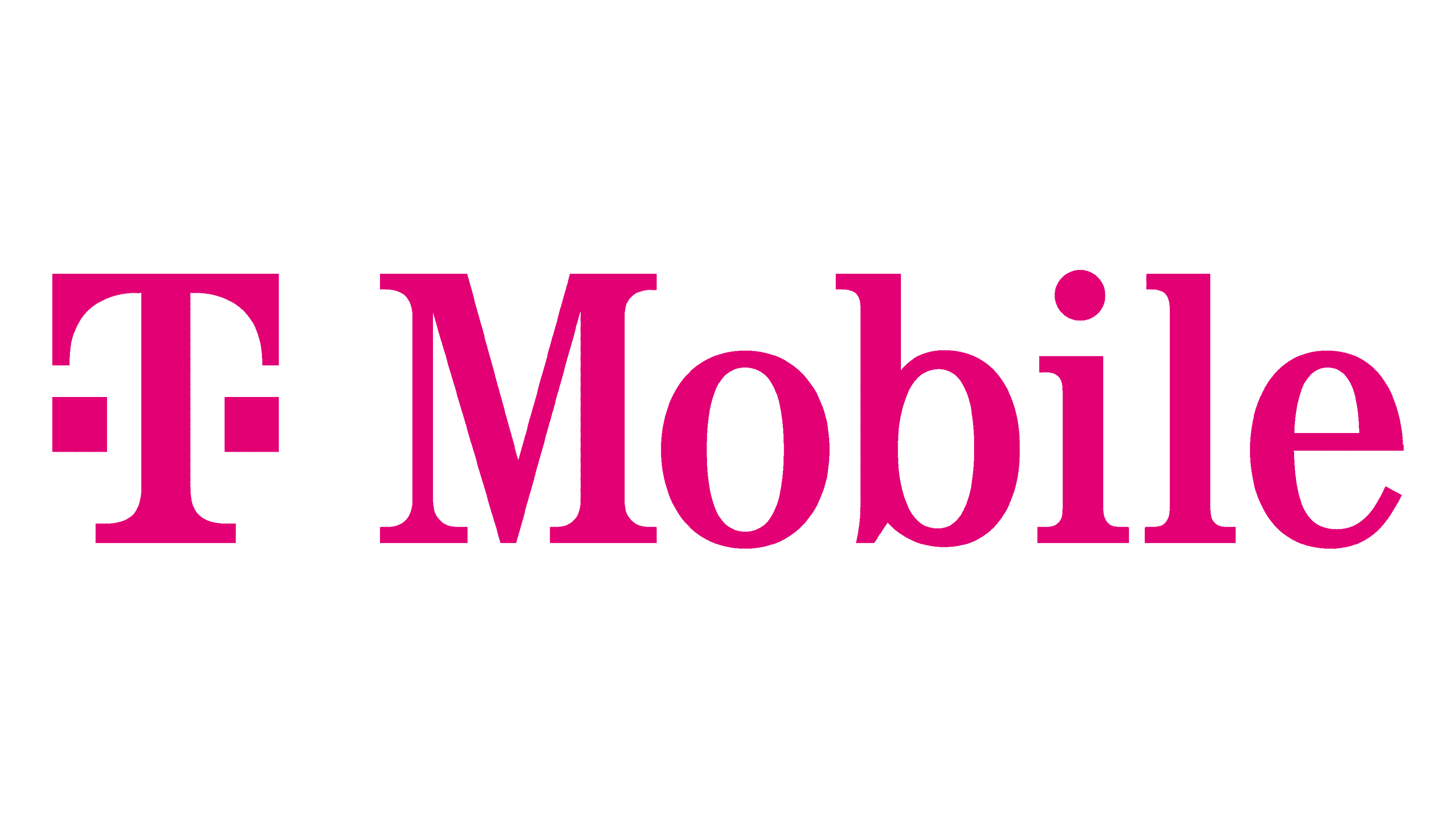
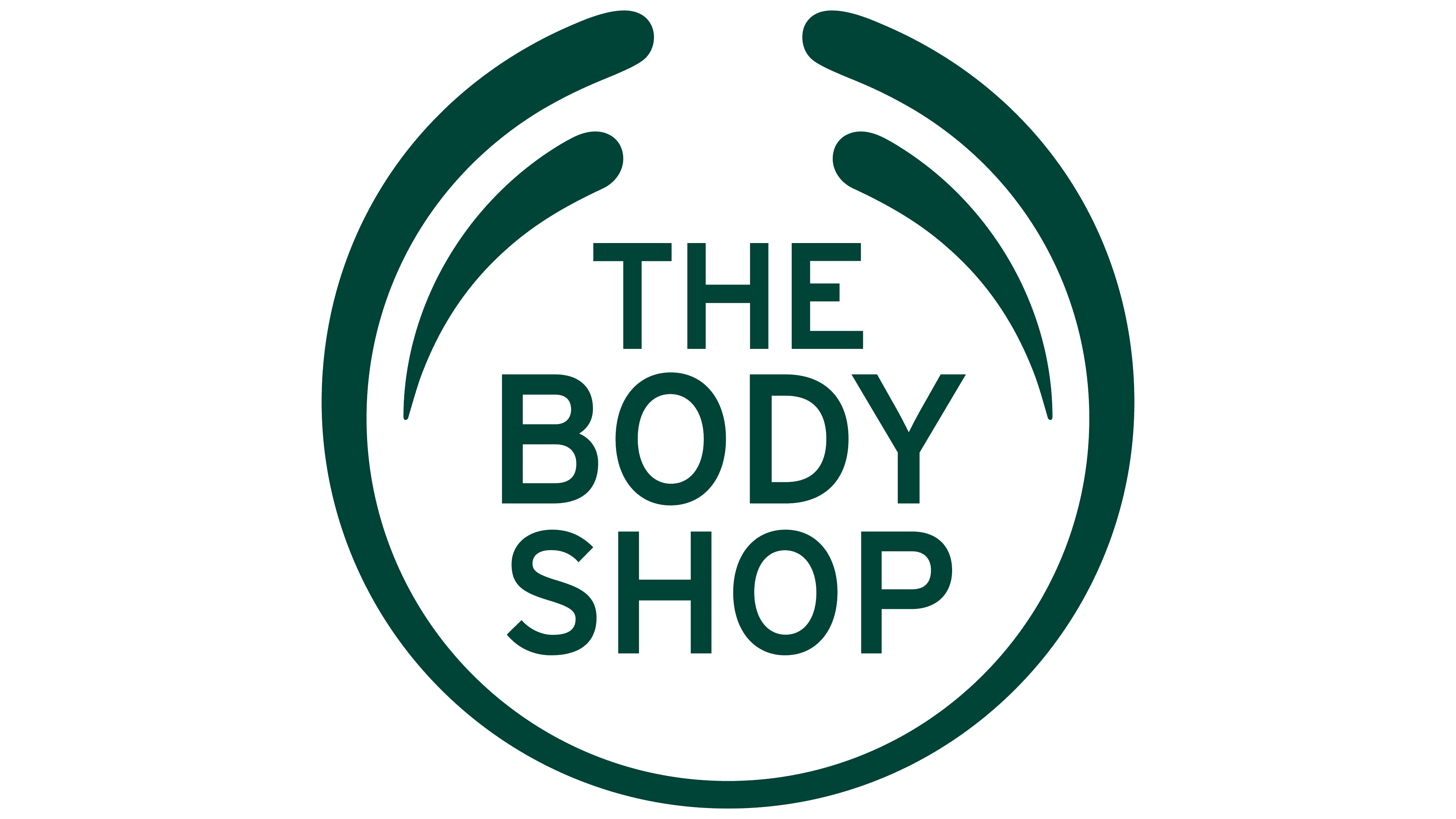







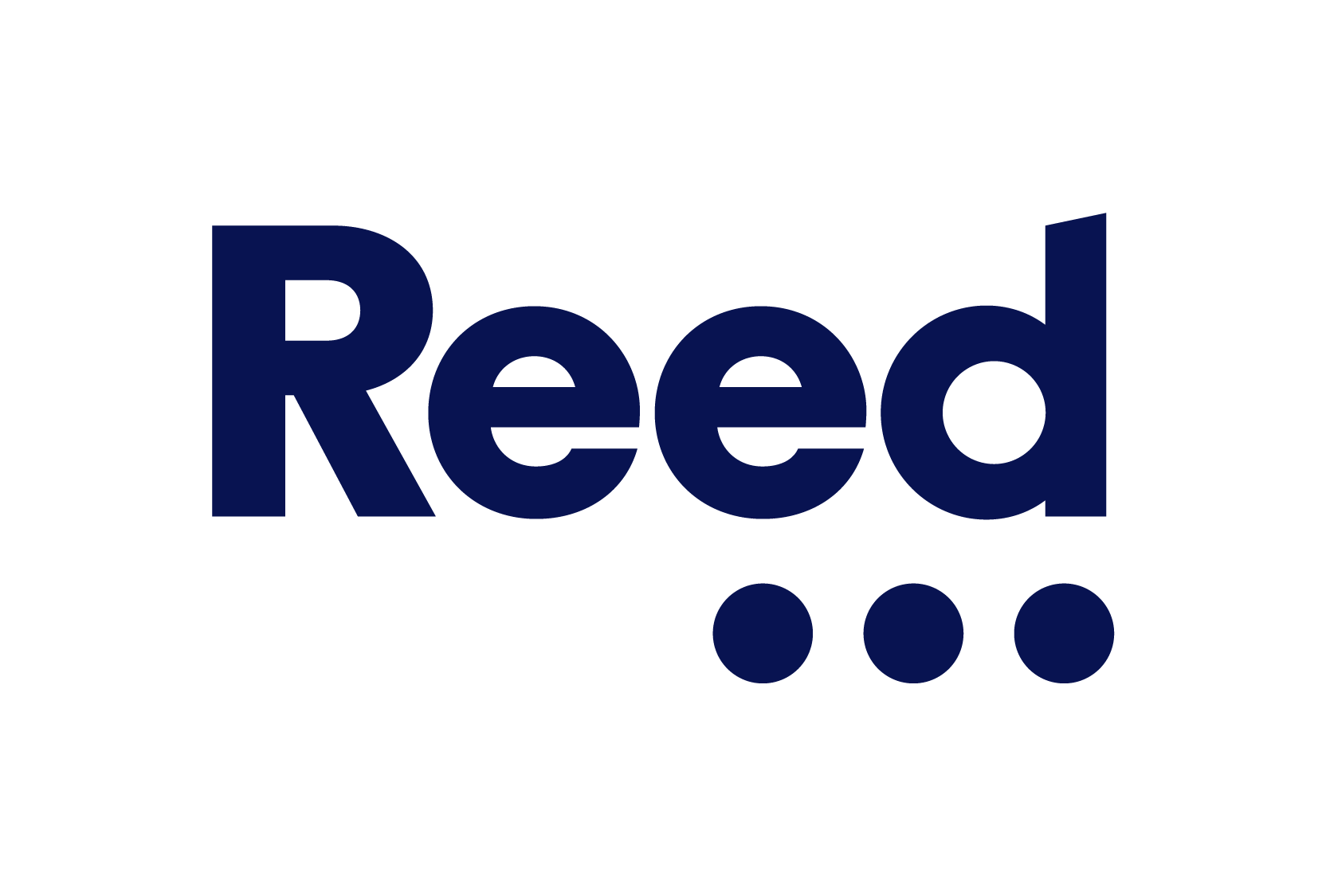
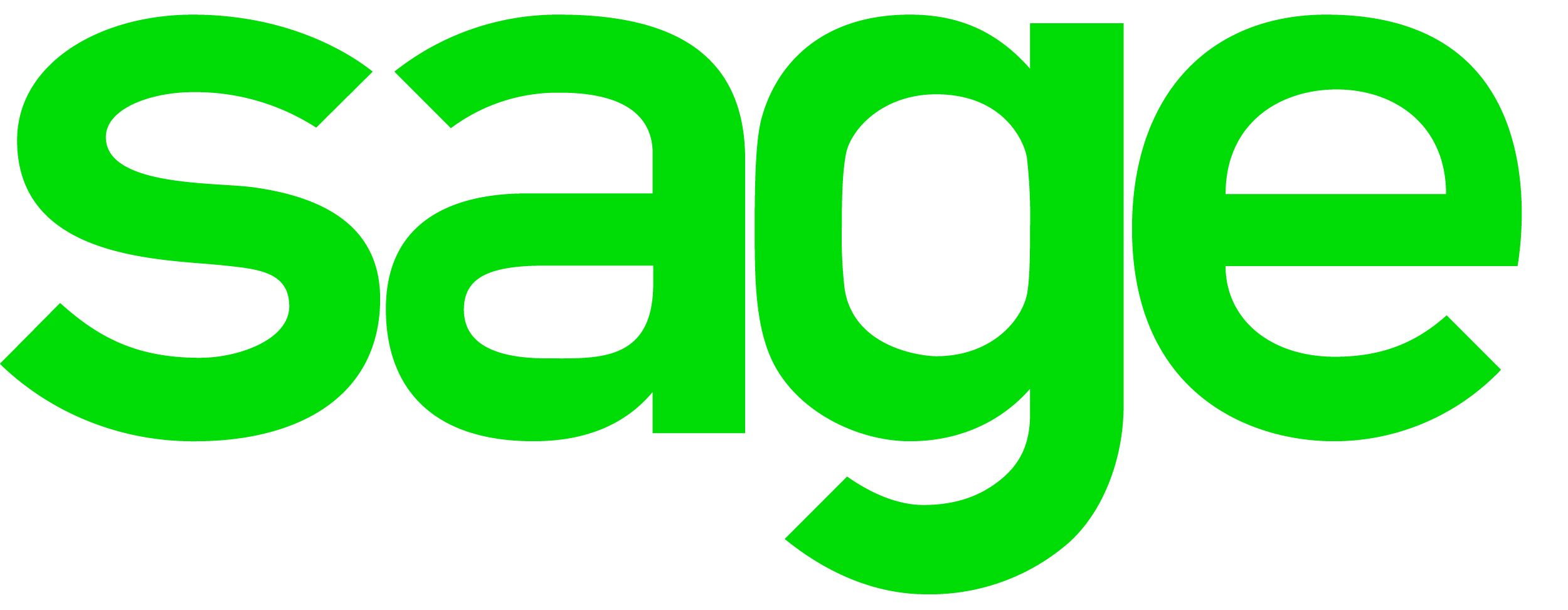
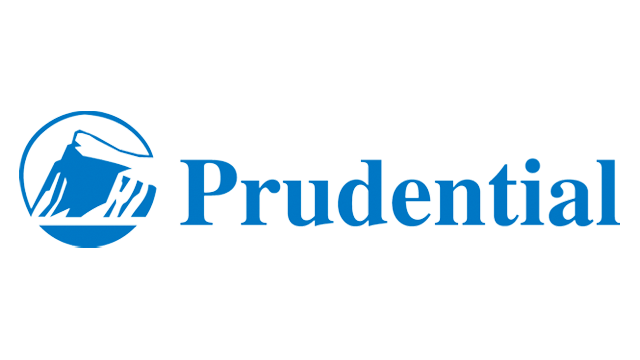


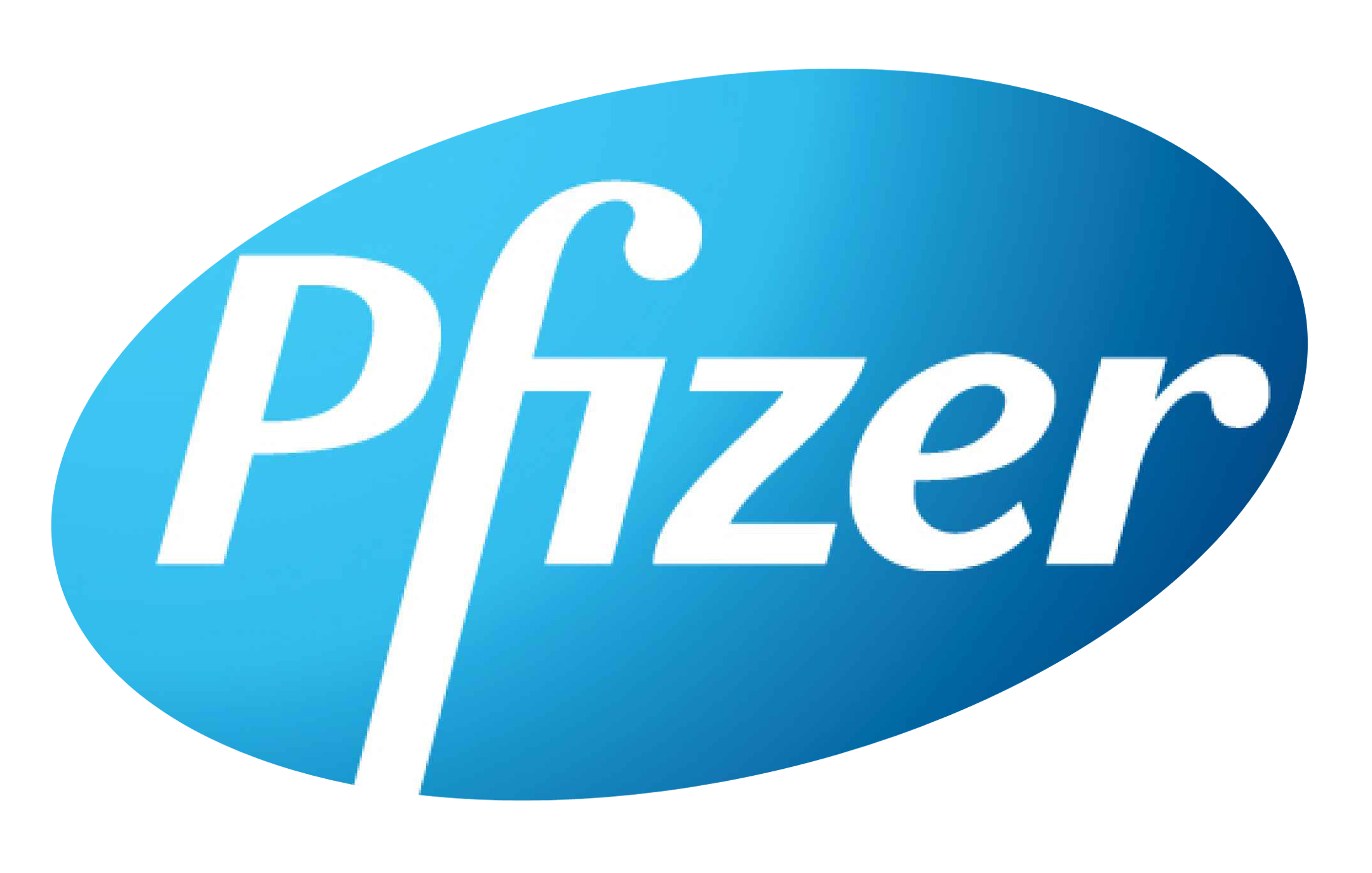
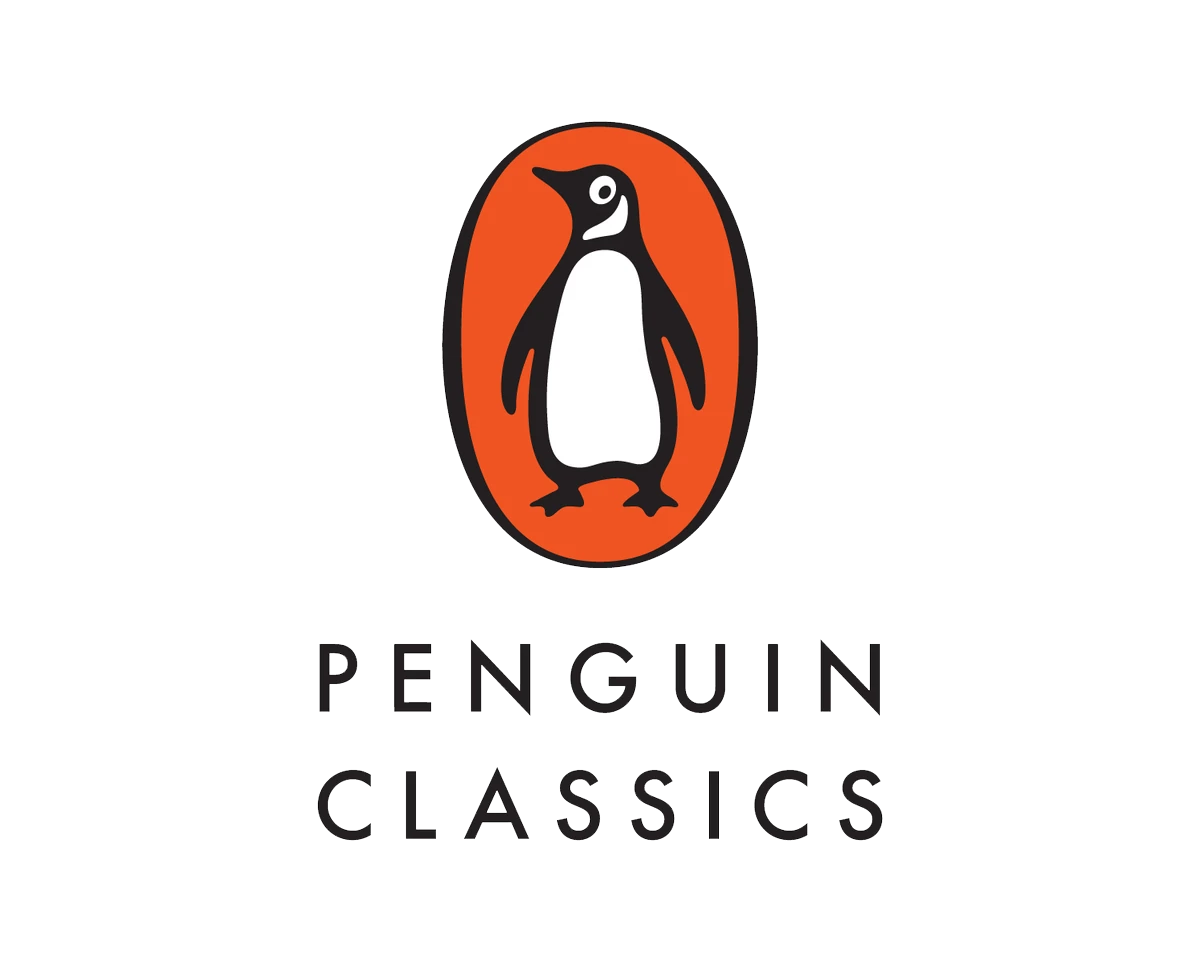
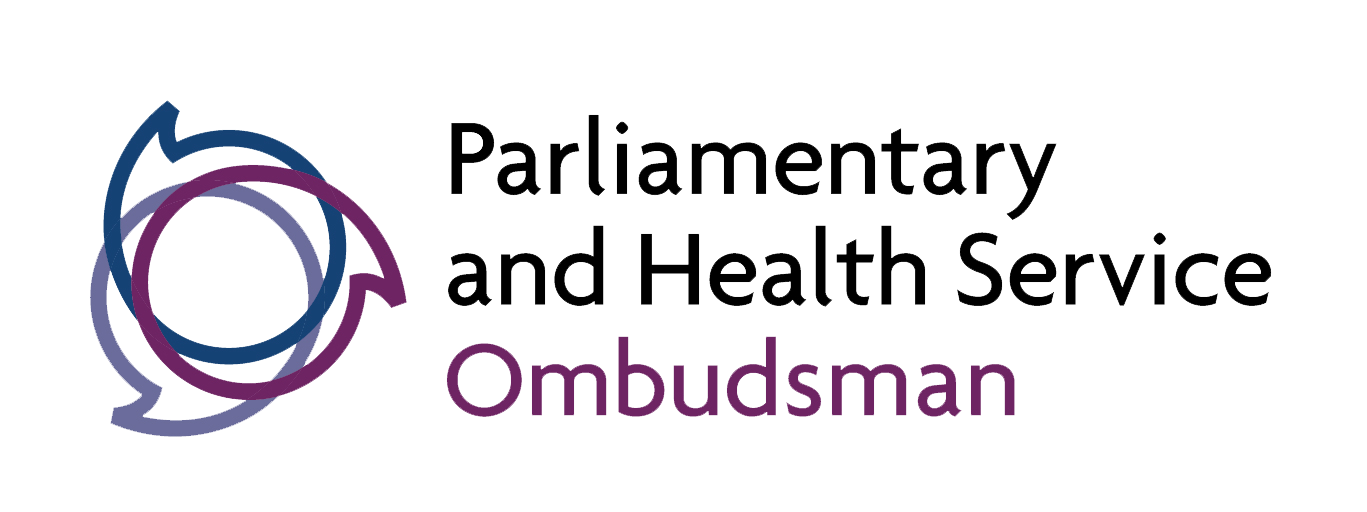

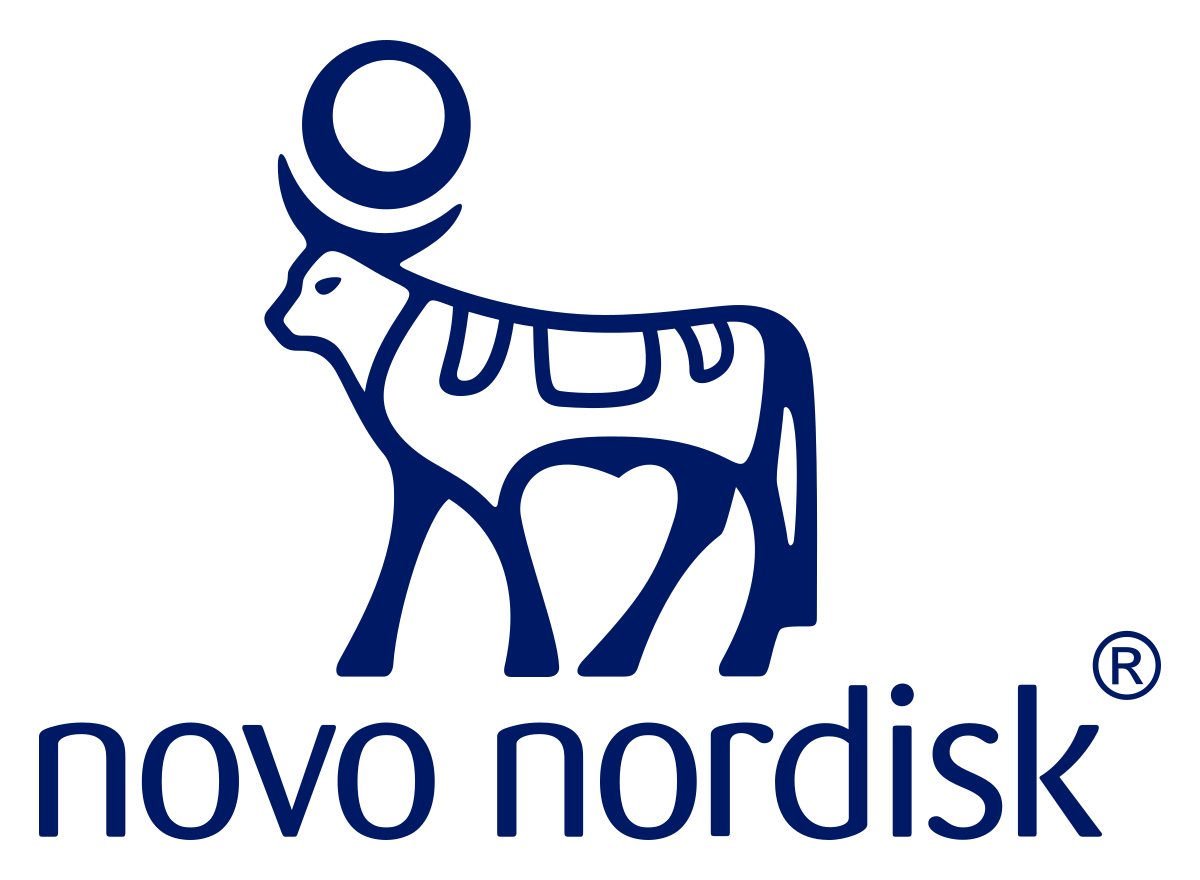

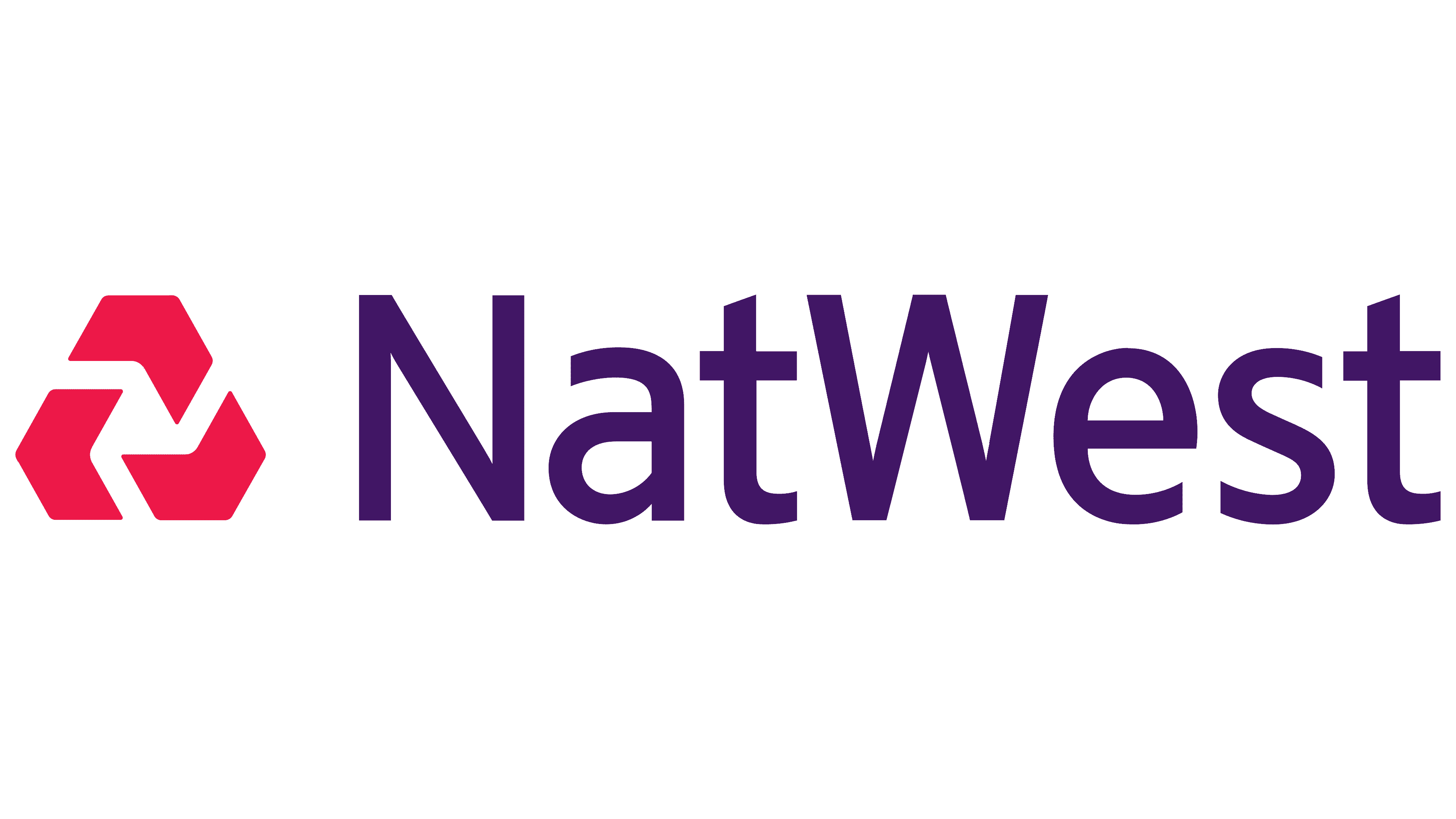










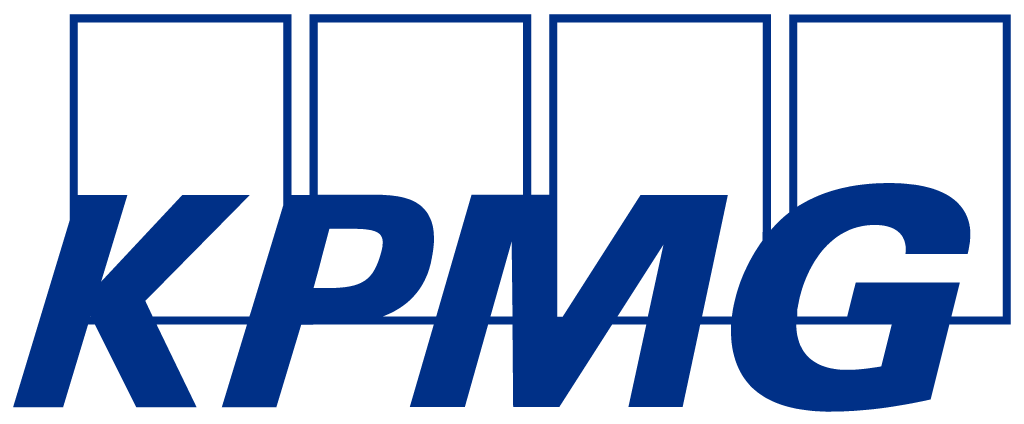
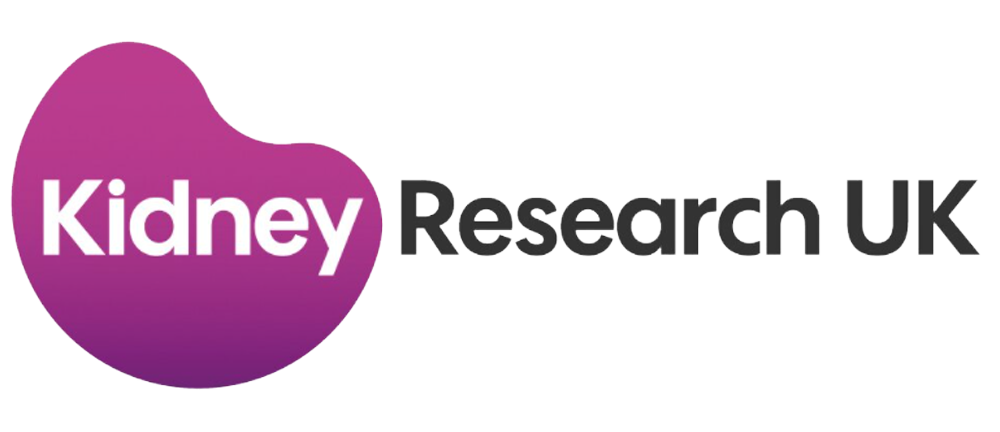



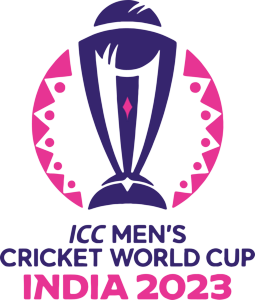







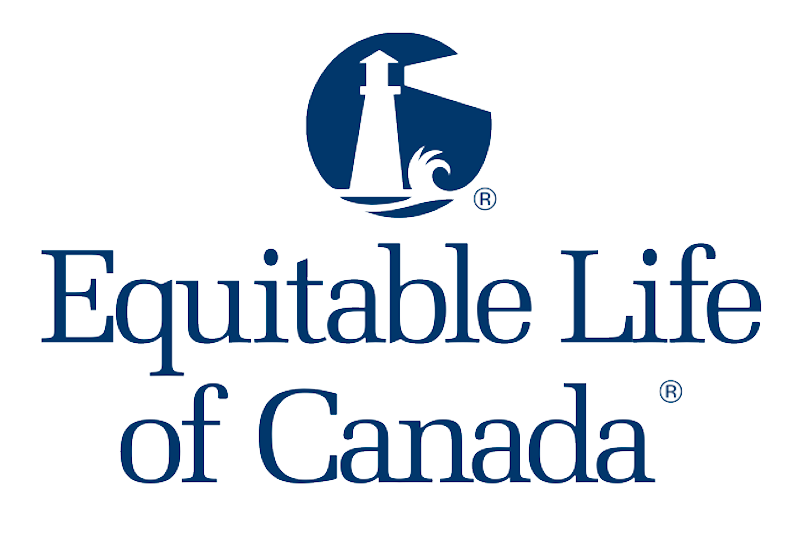


















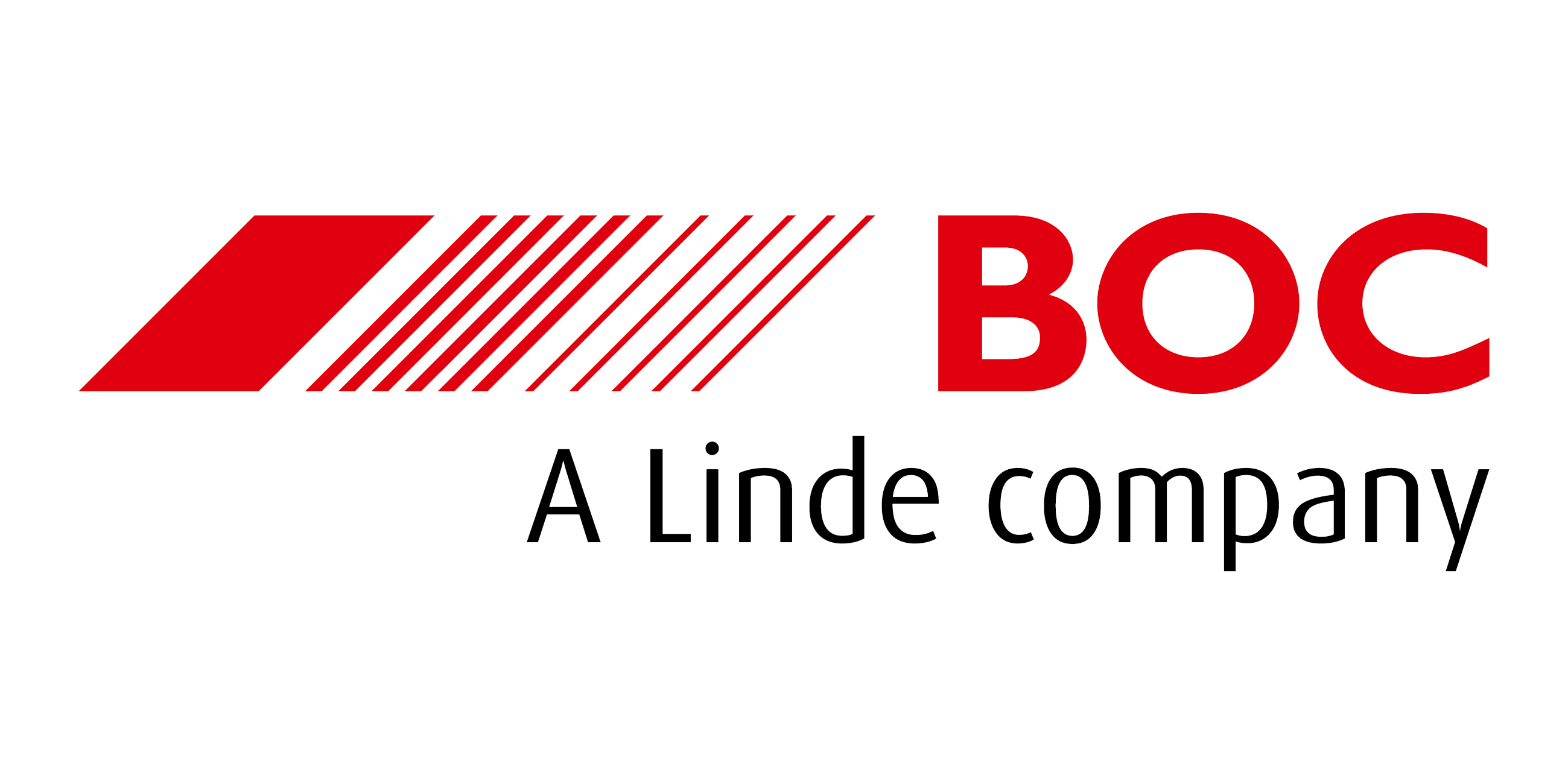

Writing is the most fun you can have on your own
His strategic and creative approach to content development resulted in our most compelling case for support yet.
Without doubt, the best copywriter I’ve met.
Tom’s input into the vision document for Curzon Wharf played a pivotal role in envisioning the regeneration of this part of Birmingham.
Tom is a talented storyteller who I would highly recommend to any charity.
Tom´s diligent work ethic and problem-solving skills were instrumental during our website revamp. His ethical approach and commitment to excellence has greatly benefited our business.
Tom´s ability to meet tight deadlines without compromising quality is remarkable. His creativity and research skills shine through in every piece of content he delivers.
Tom is a consummate professional who delivers high-quality web content that consistently resonates with our target audience and enhance our brand.
Tom has written our last two ESG Reports and played a pivotal role in changing the format, style, tone and narrative.
Working with Tom has made our marketing and communication projects easier to deliver because of the quality and professionalism he brings.
